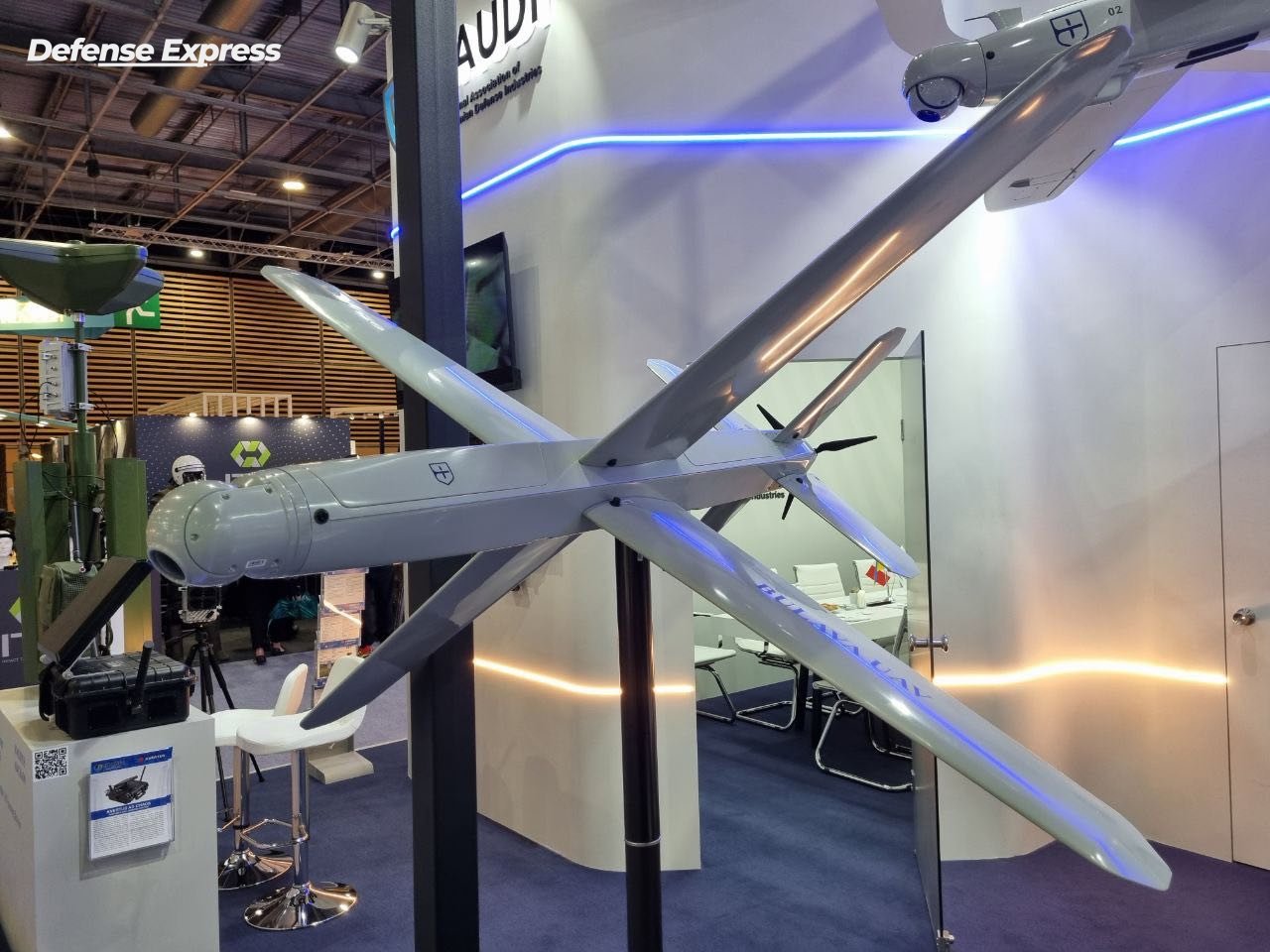Ukraine’s Bulava or Mace middle-strike drone hit all assigned targets in Donetsk Oblast during a live test under heavy jamming and camouflage. The Bulava middle-strike drone, developed by Ukrainian company DeViro, achieved five direct hits in five launches near Pokrovsk, according to RFE/RL’s Donbas Realii. The test marks a major step in Ukraine’s effort to field a combat-ready alternative to Russia’s Lancet.
Five-for-five success in frontline test
According to soldier, call sign Serzh Marko, whose crew took part in the test, the drone was deployed in Donetsk Oblast’s most radio-electronic warfare-heavy zone near Selydove. Despite intense electronic warfare and camouflaged targets, Bulava reportedly scored five precise hits. Feedback from the operators was sent directly to the manufacturer.
The drone’s warhead weighs 3.6 kilograms—600 grams more than the heaviest Lancet variant. It combines cumulative, penetrative, and thermobaric elements, increasing effectiveness against armored and fortified targets.
Bulava’s role in middle-strike tactics
Military personnel classify Bulava as a middle-strike weapon, designed to operate at ranges between 100 and 300 kilometers from the front line. This category bridges the gap between FPV drones, which typically strike within 25 kilometers, and deep-strike drones capable of hitting targets over 400 kilometers away.
“Middle-strike” terminology remains fluid, but Ukrainian forces are shaping this doctrine in real-time. According to Serzh Marko from the 59th Assault Brigade’s drone unit, these drones are used beyond the third echelon of defense — over 100 kilometers from the line of contact. The first two echelons are 0-15 km and 15-25 km. Fellow soldier Ihor Lutsenko added that any effective strike beyond 25–30 kilometers should qualify as middle-strike in practical battlefield terms.
Military consultant Inokentii Razumov explained that the goal of middle-strike is to degrade Russian rear operations — targeting logistics columns, artillery, air defense systems, and EW equipment. Successful use of middle-strike drones can prevent Russian forces from consolidating behind the front and preparing for assaults.
Hits on S-300 or Buk launchers, for instance, can open the way for deep-strike drones to reach strategic objectives deeper in Russian-occupied territory.
Challenges and advantages
Bulava is equipped with an X-shaped airframe and advanced targeting, allowing it to strike masked targets even under jamming. Each mission relies on a scout drone to find targets and relays to maintain control at distance. Operators stressed that success depends on 24/7 aerial reconnaissance and tight coordination between scout and strike teams.
Russia’s head start
Russia has used the Lancet drone since 2022, later adding variants like Italmas, KUB-2, and AI-guided systems. The enemy relies on mass production of cheap UAVs like Molniya-2 to overwhelm defenses. According to Donbas Realii, these systems helped Russian forces force a Ukrainian withdrawal from the Kursk foothold, later redeploying to Donetsk for deeper strikes.
Scaling the solution
Despite Bulava’s proven success, Ukrainian forces say the drone is not being procured in large numbers.
“We asked for it again and again. No response,” said Serzh Marko, blaming past Ministry of Defense decisions for ignoring battlefield needs.
Procurement bottlenecks through the Defense Procurement Agency and shifts in leadership have delayed delivery of ready-to-use drones.
Troops say a clear strategy for middle-strike use is still missing inside Ukraine’s newly formed Unmanned Systems Forces. Without it, even proven systems like Bulava risk being underused.




